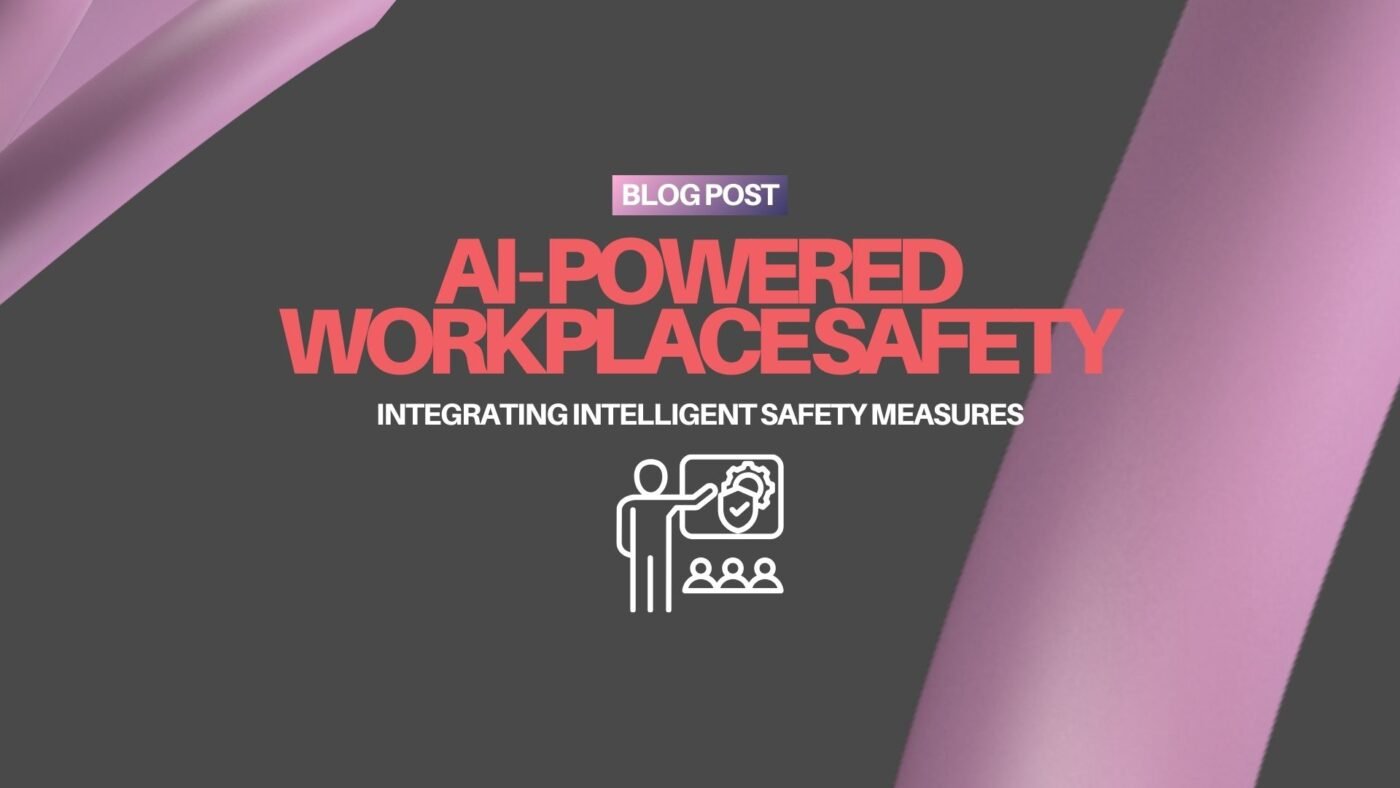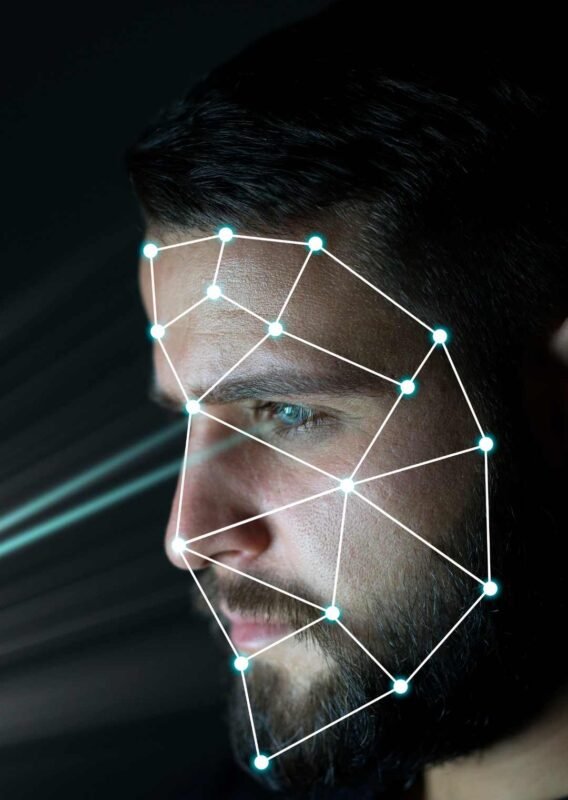
AI in Workplace Safety
AI in workplace safety is revolutionizing the way businesses minimize accidents and ensure a safe working environment. By utilizing advanced technology such as computer vision and machine learning algorithms, AI can proactively identify potential hazards, monitor employee behavior, and even predict unsafe conditions before they occur. This not only reduces the risk of workplace accidents but also improves overall productivity and efficiency.
Furthermore, AI-powered automation systems can be integrated with existing safety protocols to provide real-time feedback, automated alerts, and remote monitoring capabilities. This allows businesses to take a proactive approach to safety management rather than reacting to incidents after they have occurred. Ultimately, AI in workplace safety offers a proactive and comprehensive approach that goes beyond traditional safety measures, making it an essential tool for modern businesses looking to prioritize the well-being of their employees while optimizing operational processes.
Understanding AI-Powered Safety Measures
AI-powered safety measures have revolutionized workplace automation by providing innovative solutions to enhance workplace safety. These systems leverage advanced algorithms to analyze data in real-time and identify potential hazards, thereby reducing the risk of accidents and injuries. For instance, AI-enabled cameras can detect unsafe behaviors or conditions, allowing for immediate intervention and prevention of workplace incidents.
Moreover, AI-powered safety measures are not only reactive but also proactive. By analyzing historical data and patterns, these systems can predict potential risks and provide actionable insights for preventive measures. This capability enables organizations to create a safer work environment by addressing potential hazards before they escalate into serious safety concerns.
Implementation of Intelligent Safety Systems
The implementation of intelligent safety systems in office automation and building management is revolutionizing workplace and building security. These systems leverage cutting-edge technology such as AI, IoT, and machine learning to enhance safety protocols and streamline emergency response. By integrating sensors, cameras, and smart algorithms, these intelligent systems can proactively detect potential hazards, unauthorized access, or unusual behavior within the workplace or building premises.
Moreover, the incorporation of real-time data analytics allows for predictive maintenance of safety equipment and infrastructure. This proactive approach not only reduces downtime but also ensures that safety measures are always at their peak performance.

Benefits and Challenges of AI Integration
The integration of AI into office automation offers numerous benefits, including increased efficiency, accuracy, and cost savings. By automating routine administrative tasks such as data entry and scheduling, employees can focus on more strategic and creative work. Additionally, AI can analyze large volumes of data to identify trends and patterns that humans may overlook, providing valuable insights for decision-making.
On the other hand, integrating AI into building management presents challenges such as security concerns and potential job displacement. With interconnected systems controlling building operations, there’s a heightened risk of cyber attacks and unauthorized access. Moreover, the fear of job loss due to automation can lead to resistance from facility management staff. Despite these challenges, careful implementation and ongoing training can help mitigate risks while maximizing the benefits of AI integration in building management.
Case Studies: Successful Application of AI in Workplace Safety
Case studies have shown that the successful application of artificial intelligence (AI) in workplace safety has been a game-changer for many organizations. One notable example is the implementation of AI-driven office automation systems, which have significantly reduced the risk of workplace accidents by automating routine tasks and identifying potential hazards in real-time. By leveraging AI technology, companies can now effectively monitor and mitigate safety risks, creating a safer working environment for employees.
In conclusion, these case studies demonstrate that the successful application of AI in workplace safety has had a profound impact on employee well-being and organizational efficiency. By harnessing the power of office automation and intelligent building management systems, businesses are not only enhancing safety measures but also reaping substantial benefits from improved operational performance. As technology continues to advance, further innovations in AI are expected to reshape workplace safety practices, making it an exciting space to watch for continued advancements.
Future Outlook: Innovations and Developments in AI Safety Technology
The future of AI safety technology holds promising developments for office automation and building management. As artificial intelligence continues to advance, the integration of safety features within these technologies is becoming increasingly essential. Innovations such as predictive maintenance systems using AI can revolutionize building management by proactively identifying potential hazards and preventing downtime. This not only enhances efficiency but also reduces safety risks for occupants.
Furthermore, the evolution of AI in office automation can significantly improve workplace safety. For instance, smart sensors powered by AI can monitor environmental factors like air quality and temperature to create a safer working environment. Additionally, AI-powered predictive analytics can enhance emergency response protocols, enabling quicker and more effective reactions to potential hazards or accidents within office spaces. As we delve further into the future, these advancements will undoubtedly shape a safer and more secure working environment through the power of AI safety technology.
